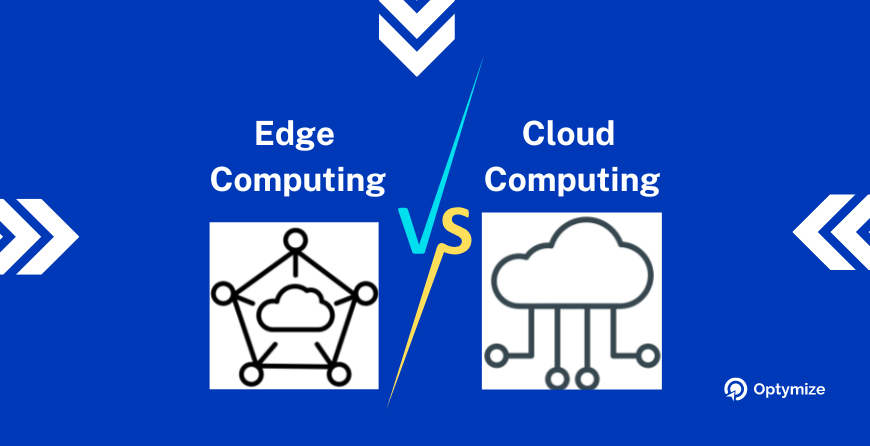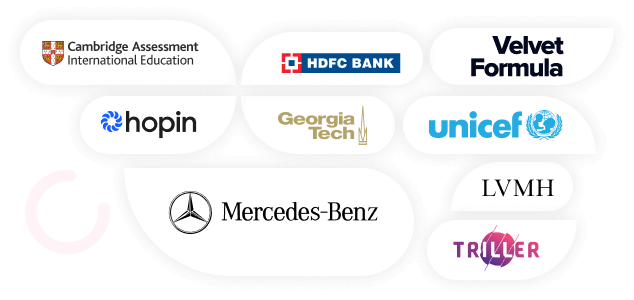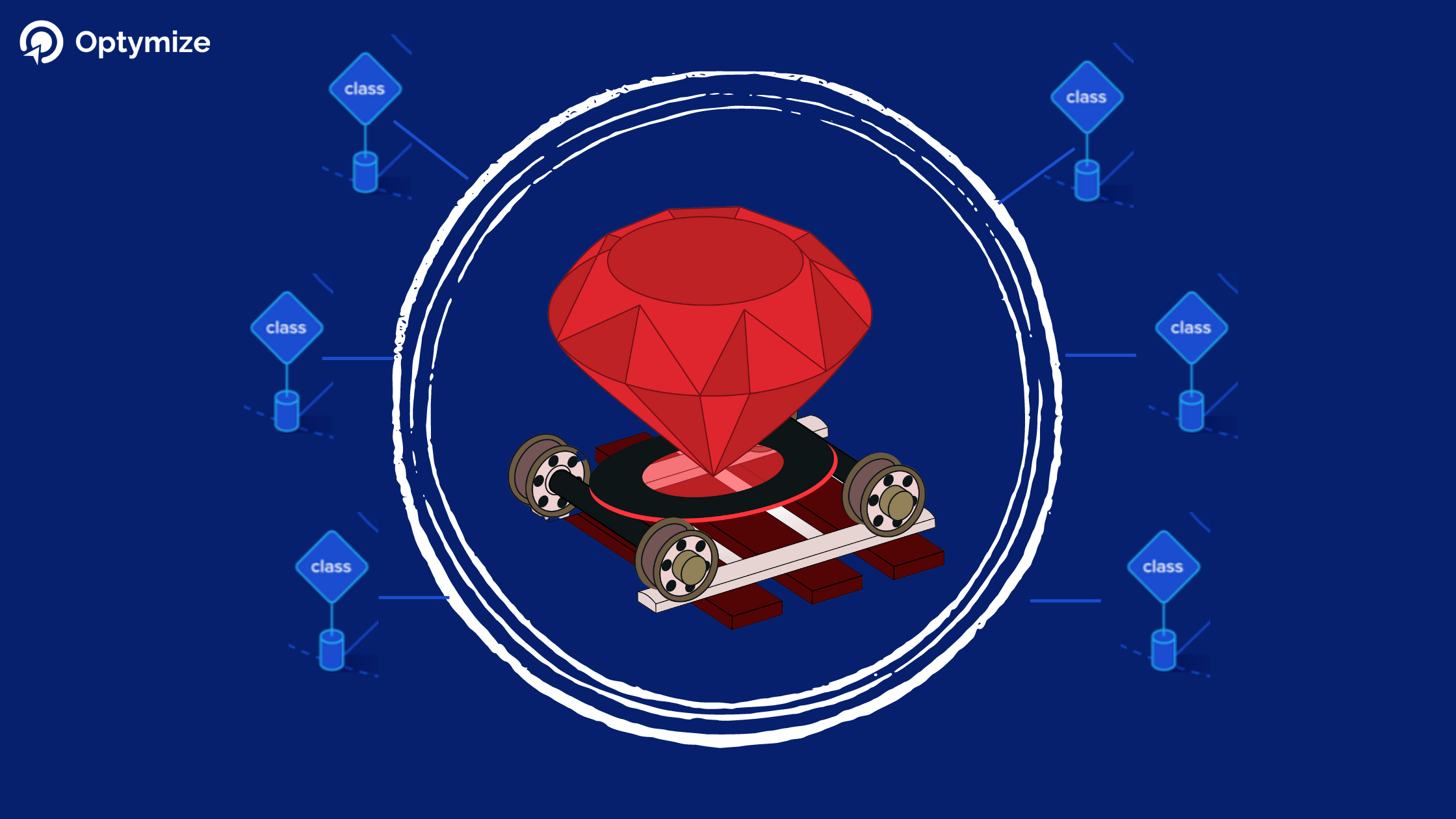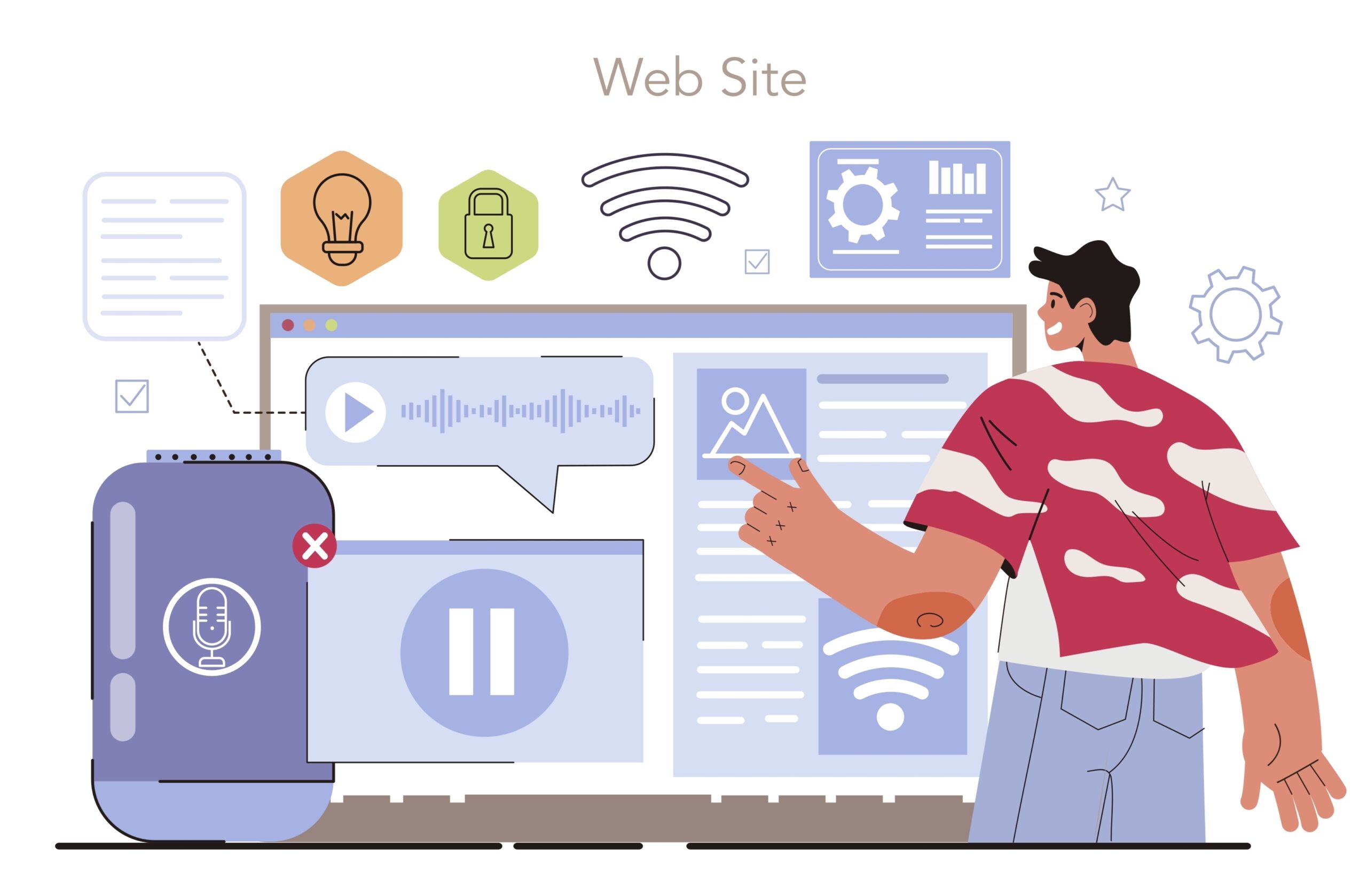Welcome to the world of Edge Computing vs Cloud Computing, where data processing, storage, and analysis take centre stage. The digital age has created a massive demand for data processing and analysis, and organizations are facing the challenge of how to manage and make the most of their data. Edge Computing and Cloud Computing are two of the most widely adopted approaches and each offers its own set of benefits and limitations.
In this blog, we will delve into the differences between Edge Computing vs Cloud Computing, comparing and contrasting their benefits and limitations. We will also look at the use cases and the trade-offs between the two approaches.
Join us as we explore the Edge Computing and Cloud Computing relationship.
Definition of Edge Computing and Cloud Computing
Edge Computing vs Cloud Computing is a widely used technology for computation.
The key difference between Edge Computing and Cloud Computing lies in the location of data processing, which has a significant impact on performance, security, and cost.
Understanding the differences between edge computing and cloud computing can help your organization make informed decisions about the computing needs.
What is Edge Computing?
Edge computing is a way of processing data closer to the source where data is generated, instead of sending it over long distances to a central data centre or the cloud. The idea is to bring computing power closer to the end devices or things that produce the data, such as smartphones, sensors, cameras, etc.
For example, consider a self-driving car. It generates huge amounts of data from its sensors in real-time, and it needs to process this data quickly to make decisions, such as braking or steering. If the car were to send all this data to the cloud for processing, it would take too long and put the passengers at risk. Instead, the car has a computer on board, called an edge device, that processes the data and makes decisions locally.
This approach reduces latency, i.e. the delay between the request and response. It saves bandwidth, because less data needs to be transmitted over the network, and it can operate even when the network is unavailable.
Edge computing helps to bring the power of computing closer to the people and things that need it, resulting in faster, more responsive and more reliable applications and services.

What is Cloud Computing?
Cloud computing is a model for delivering information technology services over the internet. Instead of storing data and applications on a local computer or server, data are stored on remote servers and accessed over the internet. This allows users to access their data and applications from anywhere, at any time, using any device with an internet connection.
In cloud computing, resources such as computing power, storage, and software are provided as a service on a pay-per-use basis. This means that instead of investing in expensive hardware and software, organizations can rent these resources from a cloud provider, like Amazon Web Services (AWS), Microsoft Azure, or Google Cloud.
Cloud computing has several advantages. The cloud makes it easy to scale up or down, depending on the needs of the organization. Cloud providers have large, sophisticated data centres with multiple layers of security and backup systems, making them more reliable than traditional IT systems.
It also enables them to focus on their core business and reduce the costs and complexity of IT.
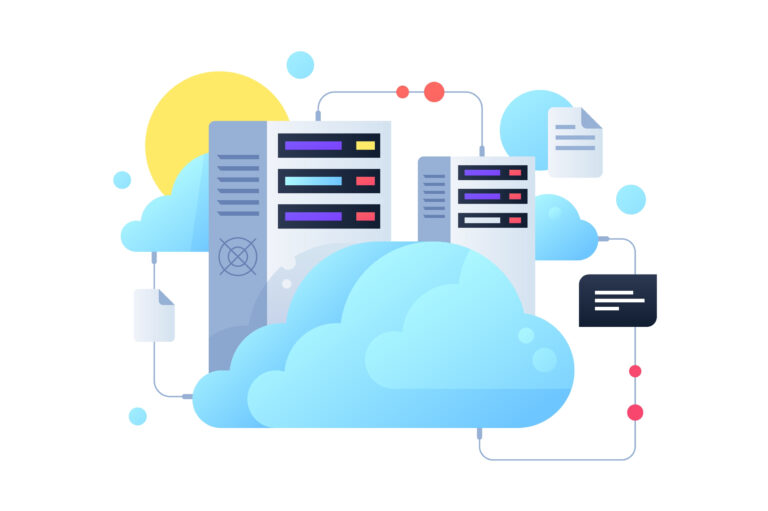
Edge Computing vs Cloud Computing: Speed & Agility
Edge Computing and Cloud Computing’s relationship of speed and agility are two important factors to consider when comparing them.
Edge Computing
- Edge computing is faster than cloud computing because it brings computation and data storage closer to the source of data generation.
- This reduces the latency, or delay, between when a request is made and when a response is received.
- By processing data locally, edge computing can respond quickly to real-time events, making it ideal for applications that require low latency and fast response times, such as self-driving cars, virtual reality, and industrial control systems.
Cloud Computing
- Cloud computing is more agile than edge computing.
- It provides on-demand access to computing resources, making it easy for organizations to scale up or down.
- This allows organisations to quickly respond to changing business requirements without investing in expensive hardware and software.
- Cloud providers often offer a wide range of services and tools, allowing organizations to quickly develop, test, and deploy new applications and services.
Edge Computing vs Cloud Computing: Scalability
Edge Computing
- Edge computing is less scalable than cloud computing because it relies on limited resources located at the edge of the network, such as edge devices or gateways.
- Sometimes these edge devices/gateways/nodes have limited computing power, storage, and connectivity, making it difficult to scale up or down.
Cloud Computing
- Cloud computing is more scalable than edge computing.
- It provides on-demand access to computing resources, such as computing power, storage, and software. These resources can be easily scaled up or down, depending on the needs of the organization.
- This allows organizations to quickly respond to changing business requirements without investing in expensive hardware and software. The wide range of services and tools from cloud providers helps to quickly develop, test, and deploy new applications and services.
Edge Computing vs Cloud Computing: Productivity & Performance
Edge Computing
- Edge computing improves productivity by reducing latency and enabling real-time processing of data.
- This results in faster and more responsive applications and improved user experiences. For example, in a self-driving car, edge computing can process sensor data in real-time, allowing the car to make decisions and respond quickly to changes in its environment.
Cloud Computing
- Cloud computing also improves productivity by providing on-demand access to a shared pool of computing resources, such as computing power, storage, and software.
- This can reduce the time and costs associated with managing IT infrastructure, allowing organizations to focus on their core business.
When it comes to performance, cloud computing can offer improved performance compared to edge computing, particularly for applications that require large amounts of computing power and storage. This is because cloud providers invest heavily in their data centers and infrastructure, and have large amounts of computing power and storage available on-demand.
Both edge computing and cloud computing can improve productivity and performance, depending on the specific requirements of the application and the organization.
Edge Computing vs Cloud Computing: Reliability
Edge Computing
- In some scenarios, Edge Computing is more reliable than cloud computing because it brings computation and data storage closer to the source of data generation.
- This reduces data loss or delays during a network failure or interruption. It also reduces downtime by distributing the processing load across multiple edge devices or gateways.
- But sometimes hardware failures, power outages, or other types of disruptions, can result in downtime or data loss in edge computing.
- To counter that, edge computing requires security measures, such as encryption and authentication, to protect sensitive data and prevent unauthorized access.
Cloud Computing
- Cloud computing is more reliable because it provides on-demand access to a shared pool of computing resources.
- Cloud computing requires heavy investment in data centres and infrastructure, and uses redundant components and automatic failover mechanisms to ensure high availability and reliability.
Edge Computing vs Cloud Computing: Security
Edge computing and cloud computing both have their own security benefits and challenges.
In Edge computing, data is processed closer to the source, reducing the amount of sensitive information transmitted over the network and reducing the risk of data breaches. However, edge devices are often less secure than centralized cloud systems and can be vulnerable to physical tampering and cyber attacks.
Cloud computing benefits from the scale of centralized infrastructure and the expertise of security professionals. This can lead to a higher level of security compared to edge computing, but also increases the risk of data breaches if security measures are not adequately implemented. Also, transmitting sensitive data over the network to the cloud can introduce security risks.
A combination of edge computing and cloud computing, with appropriate security measures, can offer the best balance of security and accessibility for many organisations.
Edge Computing vs Cloud Computing: Data Distribution
In Edge computing, data is processed closer to the source rather than being transmitted to a centralised location for processing. This allows for real-time processing and decision-making, reducing latency and bandwidth requirements.
Cloud computing involves transmitting data to a centralized location for processing, storage, and analysis. This approach benefits from the scale of centralized infrastructure and the expertise of cloud service providers but can introduce latency and bandwidth constraints, especially for applications that require real-time processing.
The choice between the two depends on the specific use case and the requirements for data processing, storage, and analysis.
Edge Computing vs Cloud Computing: Real-Time Interaction
Edge computing and cloud computing both have their own advantages and disadvantages when it comes to real-time interaction.
Edge computing is designed to handle real-time data processing and decision-making, as it places processing closer to the source of the data, reducing latency and bandwidth constraints. This is especially beneficial for applications that require low latency, such as IoT devices, autonomous vehicles, and real-time video processing.
Cloud computing handles large amounts of data, but may not be well-suited for real-time processing due to the potential for latency introduced by transmitting data over the network to a centralized location. However, cloud computing can still handle real-time interactions by utilizing various techniques, such as caching and stream processing.
Edge Computing vs Cloud Computing: Cost-Effectiveness
Similarities between cloud and edge Computing are that both can be cost-effective. But the cost-effectiveness depends on the specific use case and requirements.
Edge computing can be more cost-effective for applications that require real-time processing and decision-making, as it reduces the amount of data transmitted over the network, reducing bandwidth and storage costs. Additionally, edge devices are less expensive than centralized cloud infrastructure.
Cloud computing can be more cost-effective for applications that require large-scale storage and processing, as it benefits from the economies of scale of centralized infrastructure. Cloud service providers also provide shared resources, reducing the need for organizations to invest in and maintain their own infrastructure.
Use Cases of Edge Computing and Cloud Computing
Edge computing and cloud computing are both used for a wide range of applications, but each is best suited for different use cases.
Edge computing is best suited for applications that require real-time processing and decision-making, such as Internet of Things (IoT) devices, autonomous vehicles, and real-time video processing.
Cloud computing is best suited for applications that require large-scale storage and processing, such as big data analytics, machine learning, and web-based applications.
Edge Computing and Cloud Computing Examples
4 Edge Computing Examples
- Smart homes: Edge computing technology allows smart home devices to collect and process data locally resulting in fast and responsive control over lights, thermostats, and security systems devices.
- Industrial IoT: In industrial settings, Edge Computing analyzes data from sensors and machines in real-time, enabling predictive maintenance and improved operational efficiency.
- Healthcare: Edge computing is used in healthcare to process patient data from wearable devices, such as heart rate monitors, locally in real-time to detect potential health issues and trigger alerts for medical intervention.
- Automated vehicles: Edge computing helps self-driving cars process sensor data, such as cameras, LIDAR, and radar, in real-time to make decisions about navigation and obstacle avoidance.
5 Cloud Computing Examples
- E-commerce: Online retailers use cloud computing to host websites, store and process customer data, and run their operations.
- SaaS: Cloud Computing helps Software as a Service (SaaS) companies, such as Salesforce and Microsoft Office 365, deliver their products over the internet using cloud computing infrastructure.
- Backup and storage: Cloud storage services, such as Amazon S3 and Google Cloud Storage, allow individuals and businesses to store and access data from anywhere with an internet connection.
- Gaming: Cloud gaming services, such as Google Stadia and Microsoft xCloud, allow gamers to play high-end games over the internet.
- Big data and analytics: Cloud computing makes it possible to process large amounts of data and run complex analytics to gain insights into operations and make data-driven decisions.
A Comparison Table: Edge Computing vs Cloud Computing vs Quantum Computing
| Features | Edge Computing | Cloud Computing | Quantum Computing |
|---|---|---|---|
| Definition | Processing of data at the edge of a network, closer to the source of the data | Processing and storage of data in remote data centres accessed via the internet | A form of computing that uses quantum-mechanical phenomena, such as superposition and entanglement, to perform operations on data |
| Location | Closer to the source of the data | Remote data centers | Typically in research institutions or specialized data centers |
| Latency | Low | Medium to high | High |
| Security | Generally higher due to processing data locally | Depends on the security measures in place, but can be vulnerable to network breaches | Research is ongoing but has potential for high-security |
| Cost | Generally higher due to local processing and storage | Lower due to shared resources, but can have hidden costs for bandwidth and maintenance | Currently very high due to specialized equipment and expertise required |
| Scalability | Limited by local processing and storage capabilities | Can be highly scalable with remote data centers | In development, with limited scalability currently available |
| Use Cases | Internet of Things (IoT), Real-time data processing, Automated systems | Big data processing, Web applications, Cloud storage | Optimization problems, cryptography, simulation of quantum systems |
Conclusion
In conclusion, both edge computing and cloud computing have their own benefits and limitations, and the best approach depends on the specific use case and requirements. Edge computing is best for applications that require real-time processing and decision-making, while cloud computing is best for applications that require large-scale storage and processing.
The choice between edge computing and cloud computing also depends on factors such as security, data distribution, real-time interaction, and cost-effectiveness. In many cases, a combination of edge computing and cloud computing, with appropriate security measures, can offer the best balance of security, accessibility, and cost-effectiveness for organizations.
